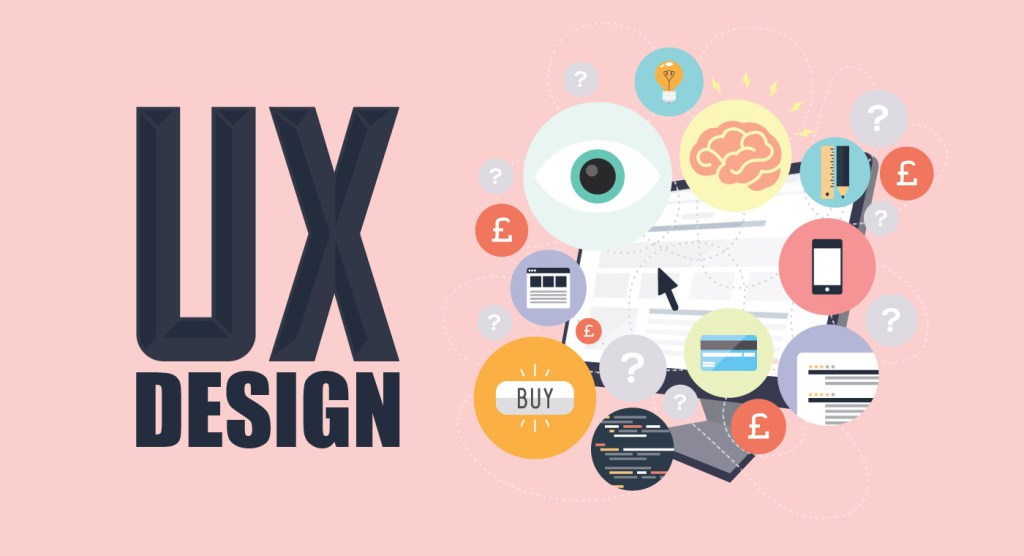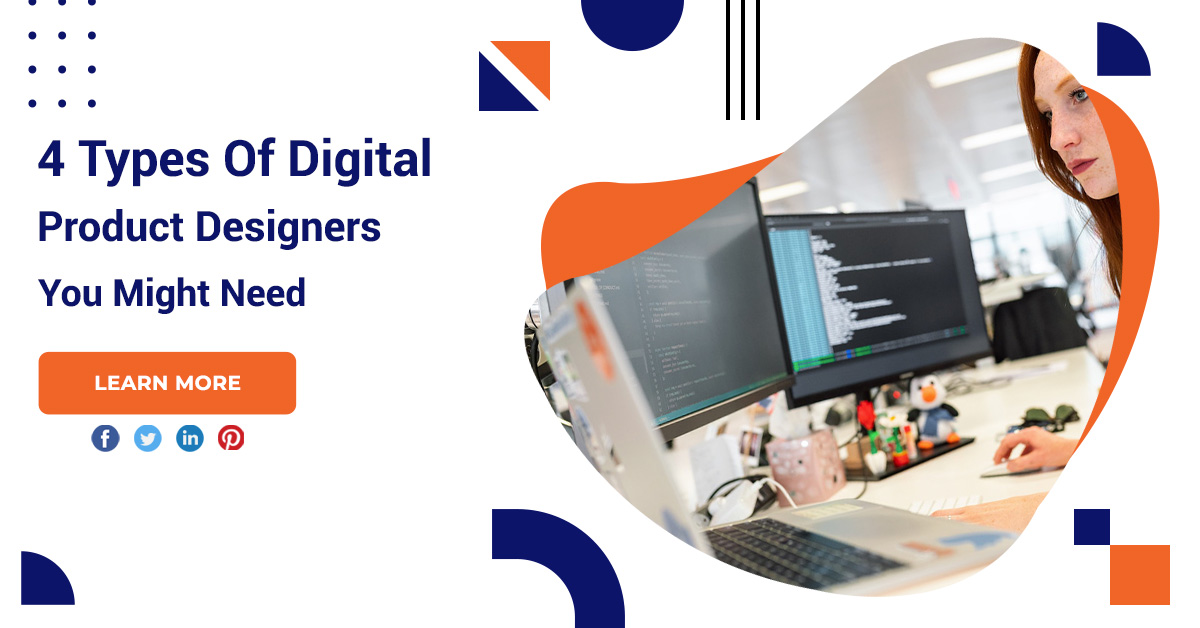4 Types Of Digital Product Designers You Might Need
Design is just one of several important components that go into digital product development depending on the type of product you want to build, you may need anywhere from several different types of designers at different stages to an entire team. It all depends on the kind of product you want to create.
Digital product designers
UX designer combines design and development knowledge to create layout and flow

A UX designer must consider the entire scope of a project, which includes the integration of visuals and many other processes. A UX designer must consider a feature alongside another, which often goes beyond the product itself by requiring knowledge of third-party services. It is essential to have a UX designer on board from the moment you start creating a project to the time you revise your product. During stable periods and between major releases, the UX designer’s role often shifts to studying behavioral analytics among other data to understand how best to design the product moving forward.
UI designers are responsible for creating and revising visual assets
Perhaps the most visible area of application design is the 2D elements used in the interface, which are created by user interface designers. Although many of the more common tools like the Adobe Suite have their place in digital product design, UI designers often need to know how to use other major tools like Figma and Sketch to name a few. A UI designer typically needs to have artistic skills to develop assets from scratch, as well as collaborate with others such as UX designers and developers to adapt designs to the needs of the product.
Animators bring movement to your product
The task of converting static visual assets into motion graphics is entrusted to someone who specializes in animation. In addition to editing skills, animators must have some concept of visual storytelling as well as the skills to create highly customized motion graphics and videos. However, the needs of most applications will be quite low, as large teams are usually only needed when creating large 3D environments such as emergent meta-versions.
Need for growing 3D artists

Recent times have created a significant need for those with 3D designing skills. Both 3D sculptors and artists are useful in creating visuals beyond what is needed for a typical interface. Although not necessary for all projects, some will lean heavily on these individuals when producing the visual components for the project. As some create 3D worlds that serve users beyond entertainment, the need for assets for these environments has become much broader, a trend that is likely to continue for some time.
Conclusion
All types of designers are in demand now more than ever, and the results of their work can make or break a product or small company. With the rapid adoption of new technologies and platforms, it makes sense to expand your team and hire top independent talent with the experience and skills needed to complete a project on time and with the level of quality you expect.








Leave A Comment
You must be logged in to post a comment.